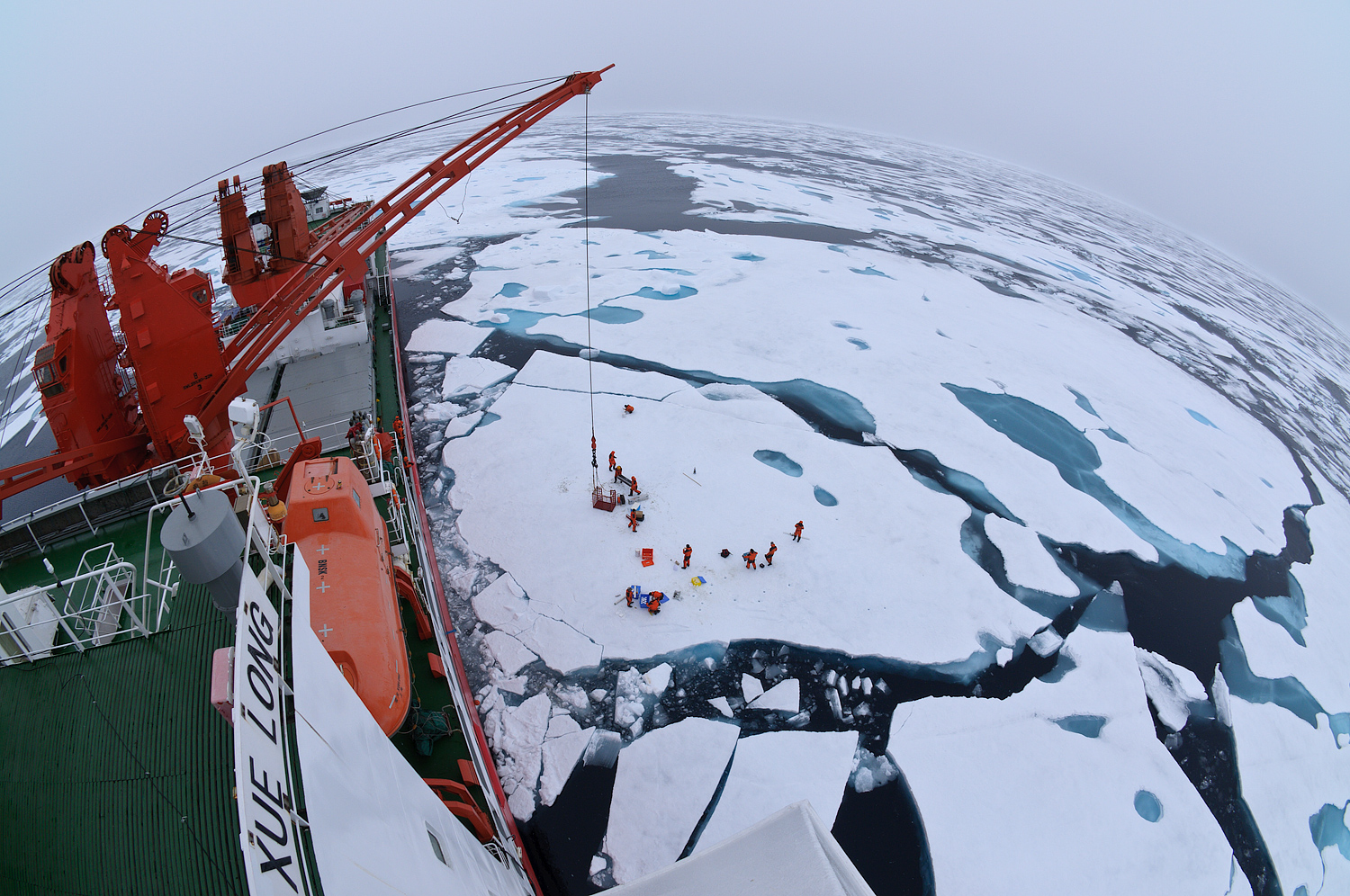
The release of China’s Arctic White Paper in late January brought broad attention to China’s somewhat nascent but rapidly expanding role and interests in the Arctic region. China’s perception of the Arctic has been increasingly strategic in the past decade. Even though most of the information in the White Paper is not new, initiatives such as the Polar Silk Road could indicate a coming surge in China’s political and economic endeavors in the Arctic. The reception of China’s declaration on the Arctic has been mixed. While many countries are secretly or openly anxious about China’s intentions, the support from some Arctic countries, especially Russia, on the Polar Silk Road greatly boosts China’s confidence and chance of progress.
China’s intentions in the Arctic region have always been a focal point of debate. If the White Paper serves as a guideline, China’s current priorities in the Arctic seem to be focused on three areas. In terms of commercial interests, the paper emphasizes the exploration of natural resources and the development of the Arctic shipping lane. In terms of global challenges, China is focused on climate change, environmental degradation and sustainable development in relation to the Arctic. The Arctic is identified in China as a platform to experiment with China’s role in global governance that maximizes China’s voice and interests. To ensure China’s legitimate voice and role in Arctic affairs, China has adopted a series of policy initiatives, including enhancing scientific research, promoting the role of multilateral fora on Arctic affairs, including but also beyond the Arctic Council, enhancing political and economic bilateral coordination and cooperation with willing Arctic states, pursuing commercial cooperation with local indigenous peoples, and improving policy studies related to the Arctic.
It is worth pointing out that throughout the White Paper, the issue of military security is completely left out. Based on China’s past and current military—especially navy— research on the Arctic, it would be wrong to assume that the military aspects of the Arctic are not an issue. For example, in the past five years, the Naval Command College and Naval Research Institute of China have conducted three Arctic research projects under the National Social Science Research Fund. One of them is on the establishment of a supply base in the Arctic and the other two are about the Arctic shipping lane. It is safe to assume that more projects have been conducted outside the National Social Science Research Fund. However, the complete evasion of this topic in the paper most likely suggests China’s unwillingness to raise too much attention to its nascent strategy on the Arctic, and indicates that soft approaches through investment and cooperation are high on China’s agenda to open the door to the polar region.
For a long time, China has suffered from an identity crisis over its role in the Arctic. The Arctic White Paper names China as an integral player and a key stakeholder in the Arctic’s affairs and identifies key Chinese national interests in the Arctic. However, China’s exhaustive efforts to justify its role in the Arctic also reveal a carefully calibrated approach due to China’s non-Arctic state identity. China understands that it is not an Arctic state and does not possess land or maritime territory in the Arctic. Therefore, the most the country could claim is that China is a “near Arctic state.” That fact significantly limits China’s ability to poach in the Arctic region. It also determines that China has to seek cooperation with Arctic states and other international as well as local entities to shape policies and outcomes.
This calls for serious qualifications in evaluating China’s ambition and approaches to the Arctic. China is indeed ambitious and will not neglect any opportunity to claim what it could potentially and legitimately be entitled to, given the Arctic’s special nature as global commons. Given the opportunity, China will maximize its efforts to shape the discourse on the Arctic to expand China’s influence and interests. However, it should be pointed out that at this stage, many of the Chinese interests remain prospects and are therefore subject to constant adaptations and changes.
The Arctic White Paper plays a key role in confirming many of the Arctic policies that China has been pursuing, such as science diplomacy, and illustrating the priorities of China’s ambition. The proposal to build a Polar Silk Road based on the development of the Arctic shipping route has caught the broadest attention from Arctic observers. Including the polar region in China’s Belt and Road Initiative had been in discussion for some time, but the White Paper is the first formal government statement to announce its inclusion.
The logic of the Polar Silk Road follows China’s overall rationale on the Belt and Road Initiative. There is a lack of infrastructure and a need for financing and technologies to increase the economic connectivity and potential of the Arctic region. To use infrastructure, especially financing, as a way of pushing into an unfamiliar or unfriendly domain has become a pattern for China. The focus on the Arctic shipping lane falls under the mandate of building connectivity projects, the key feature/priority of the Belt and Road Initiative.
Despite wide international suspicion and concern about China’s “declaration” on the Arctic, some Arctic states have been more welcoming. Without one or more key Arctic states’ embrace of the proposal, it would have been difficult and awkward for China to introduce such a major proposal. Russia has been a key factor in China’s proposal to build the Polar Silk Road. Chinese President Xi Jinping first raised the project with Russian Prime Minister Medvedev in July 2017. In the broader context of warm ties between China and Russia under Presidents Xi and Putin, Russia has its eyes on Chinese investment in energy stakes in its Far North as well as the northeast shipping route, which presumably is the shortest sea lane of communications between Northeast Asia and Western Europe. To “divide and conquer” the Arctic states has been a key element of China’s Arctic policy. China has actively reached out to Iceland and Greenland, soliciting their support of China’s Arctic endeavor in exchange for Chinese assistance and financing. However, having the backing of a major Arctic state such as Russia is indispensable to China’s more intricate and ambitious agenda, the Polar Silk Road.




